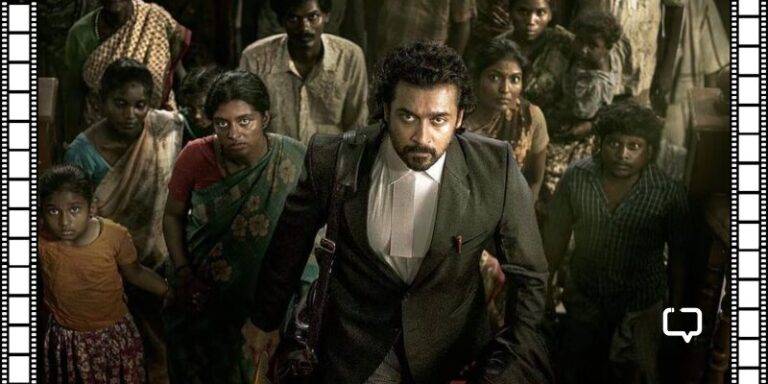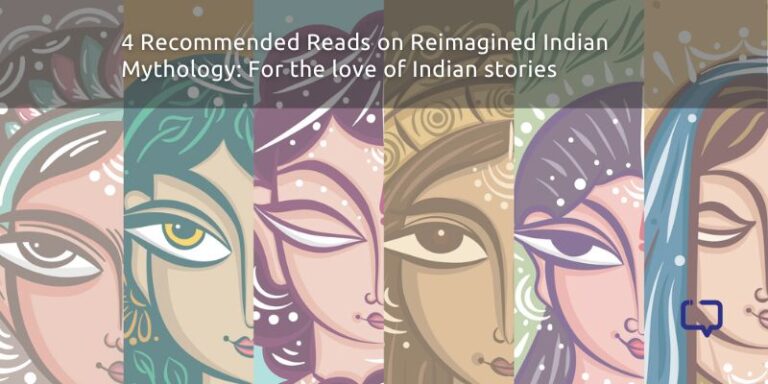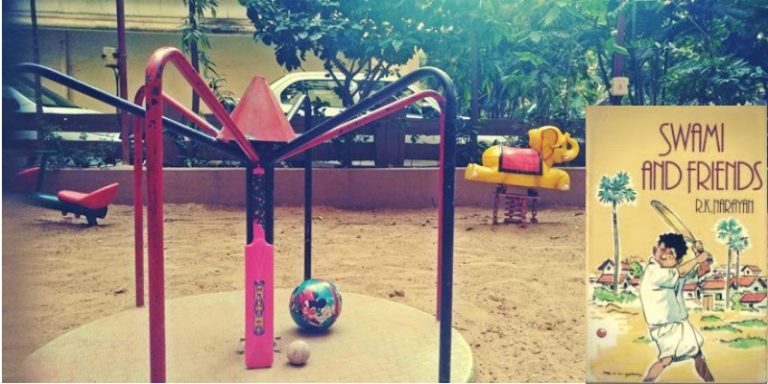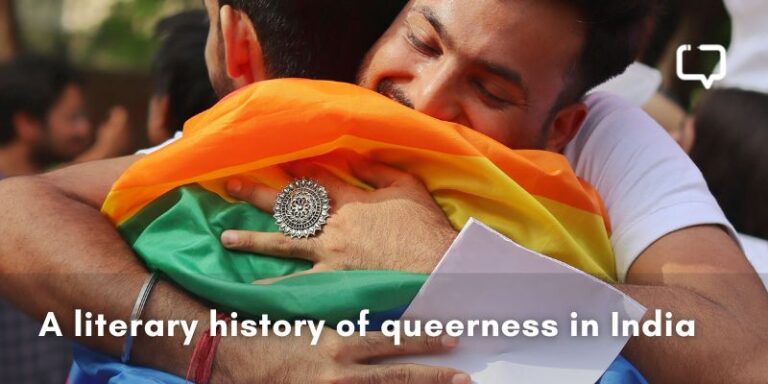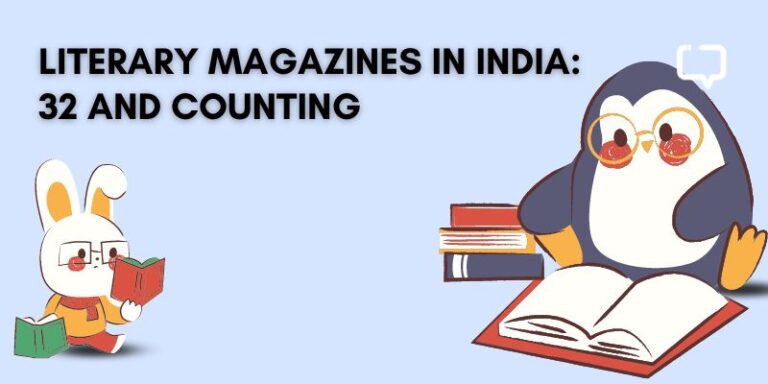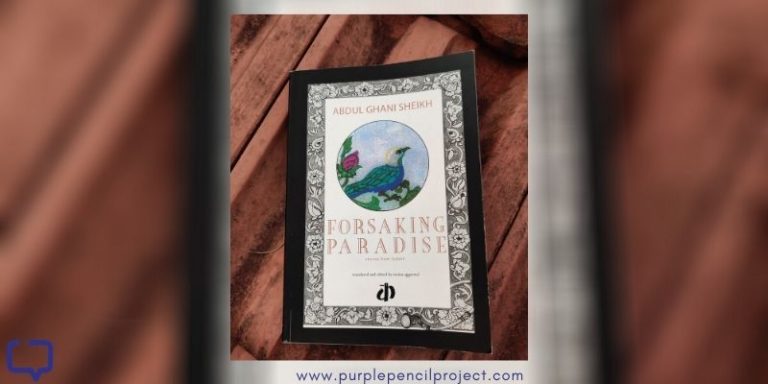Srujani Mishra reviews Oblivion and Other Stories by Gopinath Mohanty, translated by Sudeshna Mohanty and Sudhanshu Mohanty (published by Penguin Ebury Press, 2023).
Oblivion and Other Stories is a collection of 20 short stories by Sahitya Akademi winner Gopinath Mohanty. Mohanty was the first recipient of the award, established in 1955, and he was awarded for his work Amruta Santan, one of his canonical works on the marginalized, the people of the hills, or as we normally refer to them, the ‘Adivasis.’
Recommended Reading: Bheda by Akhila Naik
Mohanty has been a celebrated Odia writer for decades. While the state and the language have changed their spelling from ‘Orissa’ to ‘Odisha’ and ‘Oriya’ to ‘Odia’, the essence of Mohanty’s works remains unmatched and unparalleled. The stories in this collection, written over a span of more than fifty years (1935-1988), explore the mundane and detached lives of the forgotten and marginalized, set against the backdrop of an oppressive feudal society.
The translators of this collection very candidly admit in their notes that they were inexperienced for a writer like Gopinath Mohanty, whose work was colloquial and often employed onomatopoeia. Indeed, the differences in the translations can be felt very prominently by those who have read the stories in the original language or have Odia as their mother tongue. However, the inaccuracies did not appear to hinder the reading experience.
Recommended Reading: Odisha: Odia Stories from the Soul of India
Paraja by Mohanty was my first read by the author, and I could feel the echoes of tribal lives, the banality of ordinary people, and related issues throughout this collection. Mohanty wrote many about trials and their struggles, his understanding coming from his professional life when he was stationed in the tribal reigns of Koraput.
A Glimpse into the Lives
A mechanical life: close your senses: eyes and ears, do not let your mind think. Live a life in which you are unconscious but the limbs move and when you become conscious all that you experience is turmoil and tumult.
– Gopinath Mohanty, Oblivion and Other Stories
The collection begins with the titular story, Oblivion (1941), centred around the innocence of a young man in the backdrop of a tribal district, Koraput. Sibaram is a regular guy who drives toward his destination, reminiscing about his entire life. At the end of the story, oblivion sets in, highlighting detachment from the outside world. They are oblivious to everything, and the world continues despite what happens. The same happens to Sibaram; nobody gets affected except for his ageing parents, who silently bear the saltiness of their tears.

Mohanty does not leave any aspect of society behind; he meticulously observes the bare-knuckled influence of politics, power, and greed on ordinary people and presents powerful and lyrical portraits of such influence. Mohanty’s understanding of the tribal people is firsthand: he paints a vivid picture of poverty in “Banu’s eyes, everything that belonged to him needed to be big, bright and honorable.” In the story Endless, Banu is crushed by the overwhelming weight of poverty, yet his brain is too innocent to process any of it. Layered with disappointments, relationships, and endless silence is a story set in the chaos of festivals. In the story Festival Day, hopes give way to unrelieved poverty.
Themes, Motifs, and Symbols in Oblivion and Other Stories
Episodes of distinction, disparity, dispossession, and disenfranchisement accompany the layered portraits of a poverty-stricken society. We come across stories in which Mohanty vividly shows the treatment of women in feudal societies. Da is a story about the poor treatment of a concubine. What is more prominent is her curbed freedom when she decides to speak against a member of the Zamindar family. The Good Samaritan is a similar story, but with a change: a frivolous man who does not think very highly about women is further overpowered by the affectionate yet strong nature of an old woman named Kokila.
A recurring theme in the story is the distinction between the poor and the rich. However, the behaviour does not change. For instance, in the story, The Crow, the Cuckoo, the poor don’t speak ill against the rich, no matter how rude they are to them. This contrasts with the story The Upper Crust, where the son of a rich family is seen ogling at a poor man’s daughter with lustful eyes. In addition, this is a plight that nothing can be done about.
Recommended Reading: Odia Writer Jagadish Mohanty’s Battles of our Own
Poverty is the most prominent theme throughout the Oblivion and Other Stories collection; the struggle can be seen very clearly in stories such as Festival Day, where the festivals are reduced to a day of more menial work, and others such as Paper Boat, wherein the hunger for a better life often drives the people to the brink of madness, where the line between ethical and unethical cannot be found anymore.
A hunger for power and politics can also be seen. Overall, the collection explores the morbidity of the struggling class, as shown through dialectics and a depiction of the poor and wretched.
Conclusion
Through these 20 tales in Oblivion and Other Stories, Gopinath Mohanty paints a vivid picture of the oppressive feudal landscape where forgotten others—those living on the fringes of society—lead detached, mundane lives. His understanding of these marginalized communities is deeply personal and derived from his own experiences of living among them, thus rendering his portrayal both empathetic and authentic.
The translations may sound alien to people familiar with Odia because the novel omits certain subtleties and textures essential to Gopinath Mohanty’s storytelling approach. All in all, Oblivion and Other Stories offers a profound look into the lives of marginalized groups in Odisha, illustrating the oppressed’s silent perseverance. Drawing from personal experiences, Mohanty’s compassionate narrative bridges these marginalized lives with the readers, inspiring reflection and empathy.
Have you read this collection portraying the struggles of Odisha’s marginalized communities? We would love to know! Share your thoughts in the comments below and let us know.













